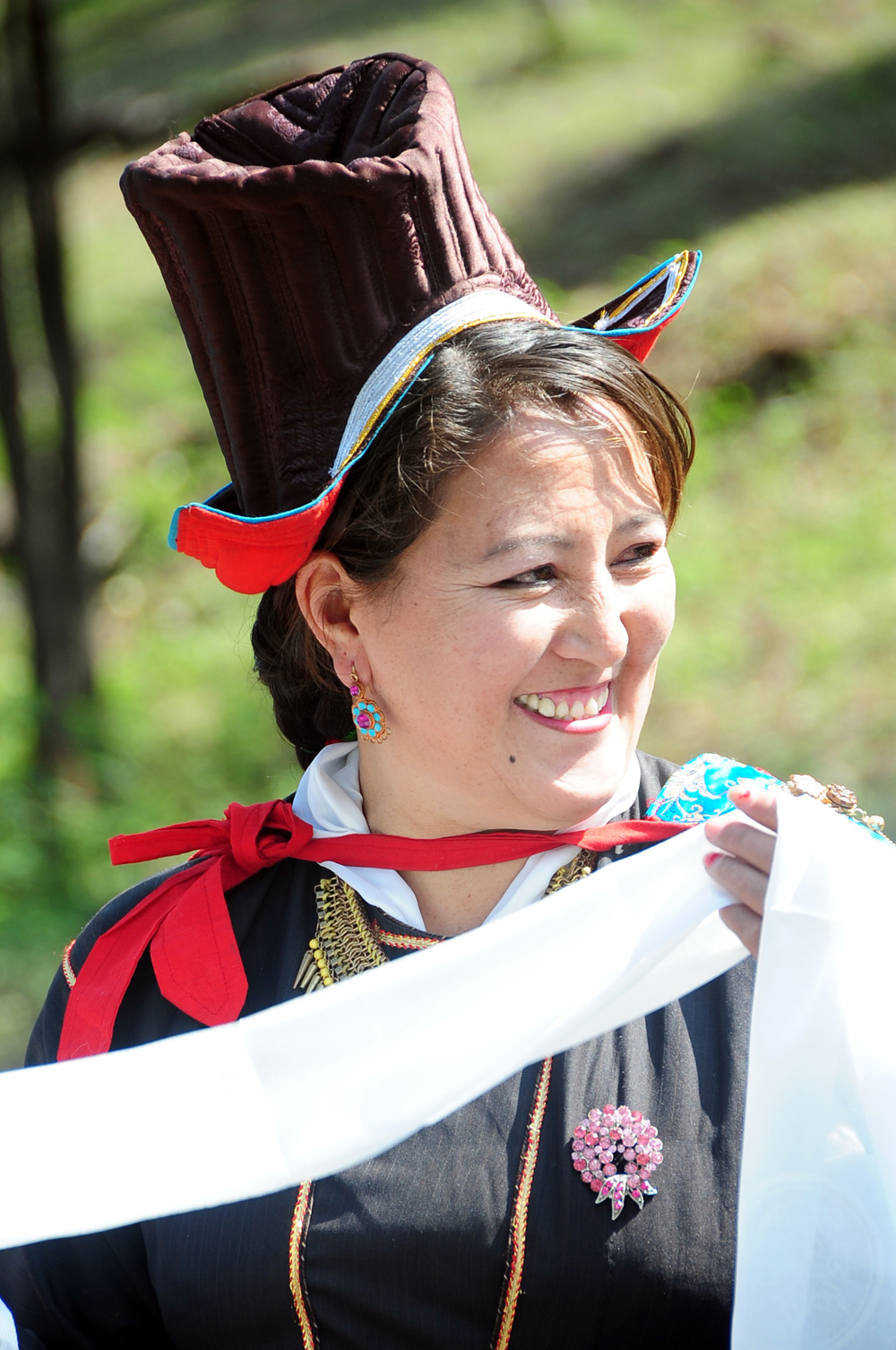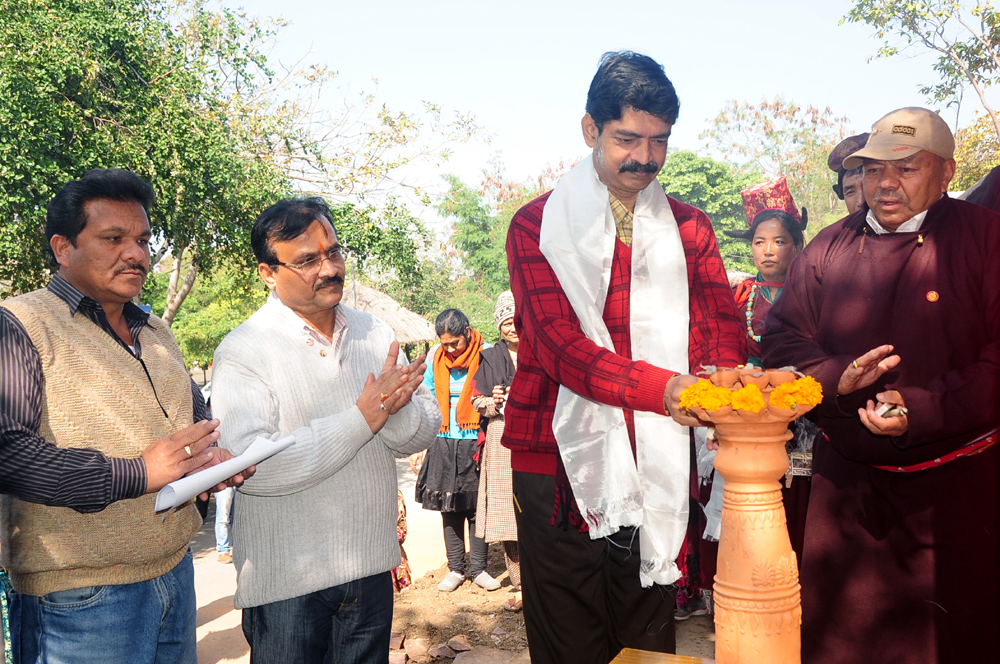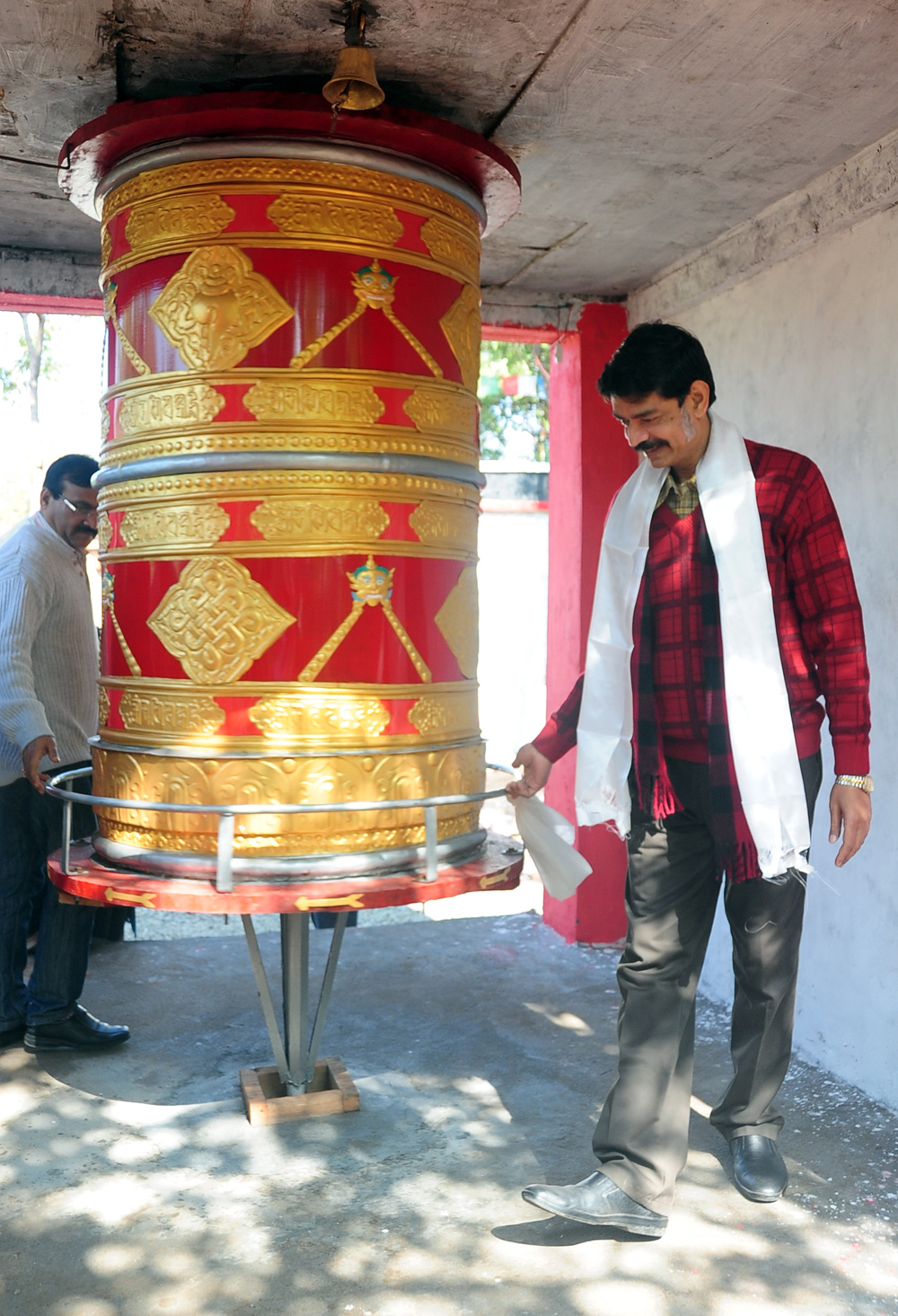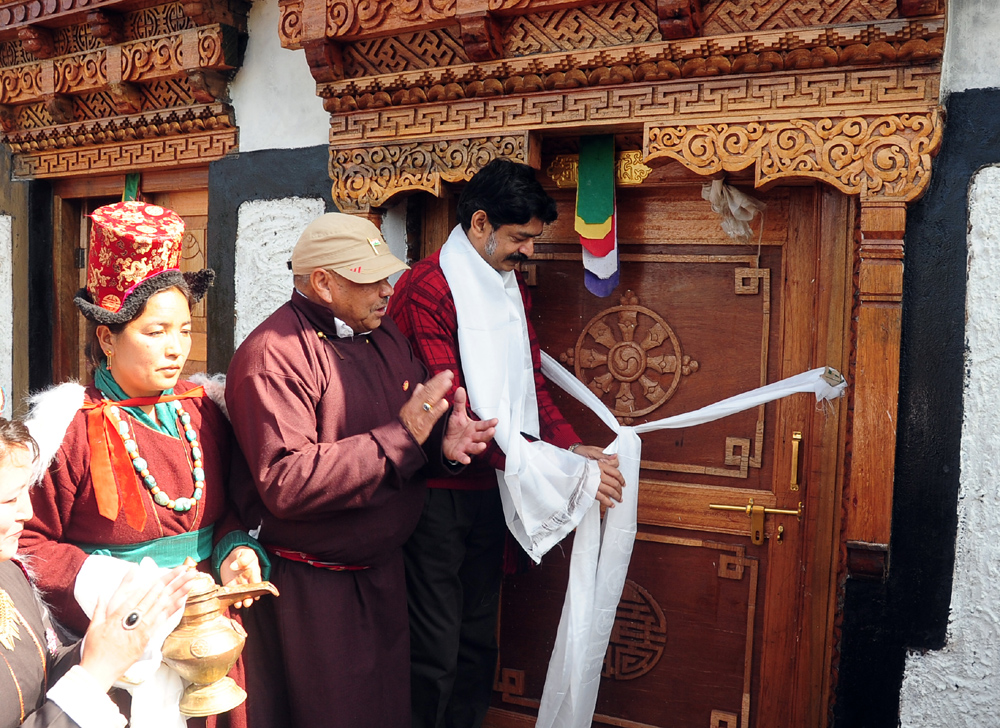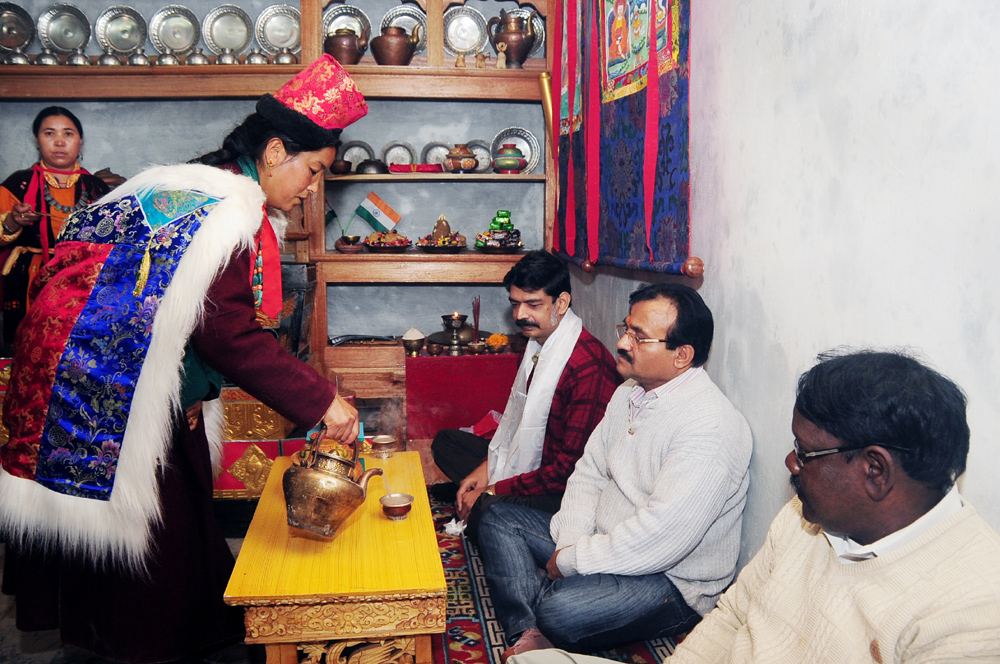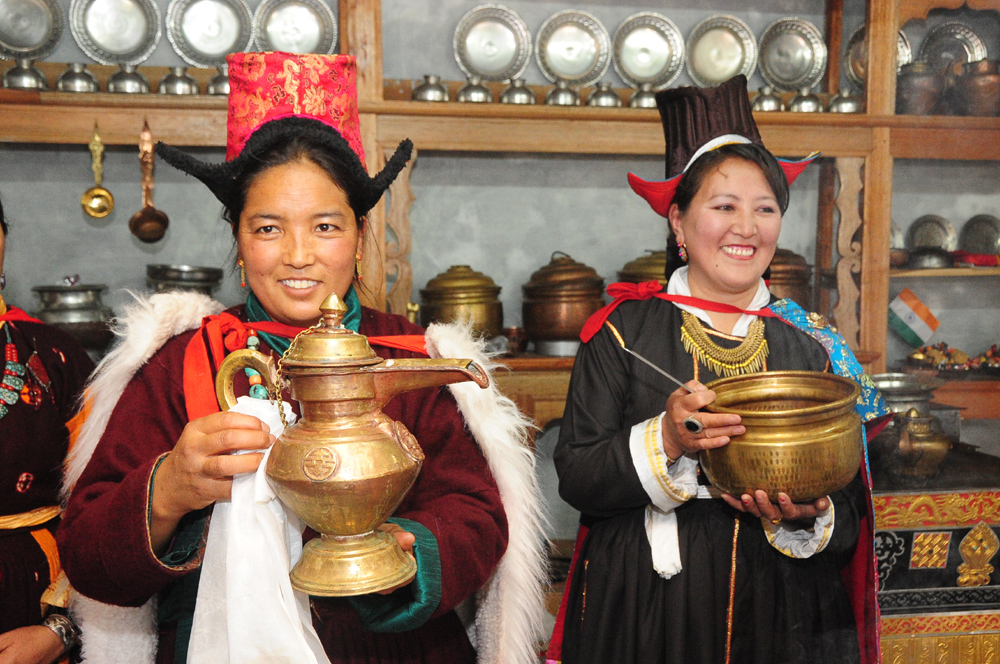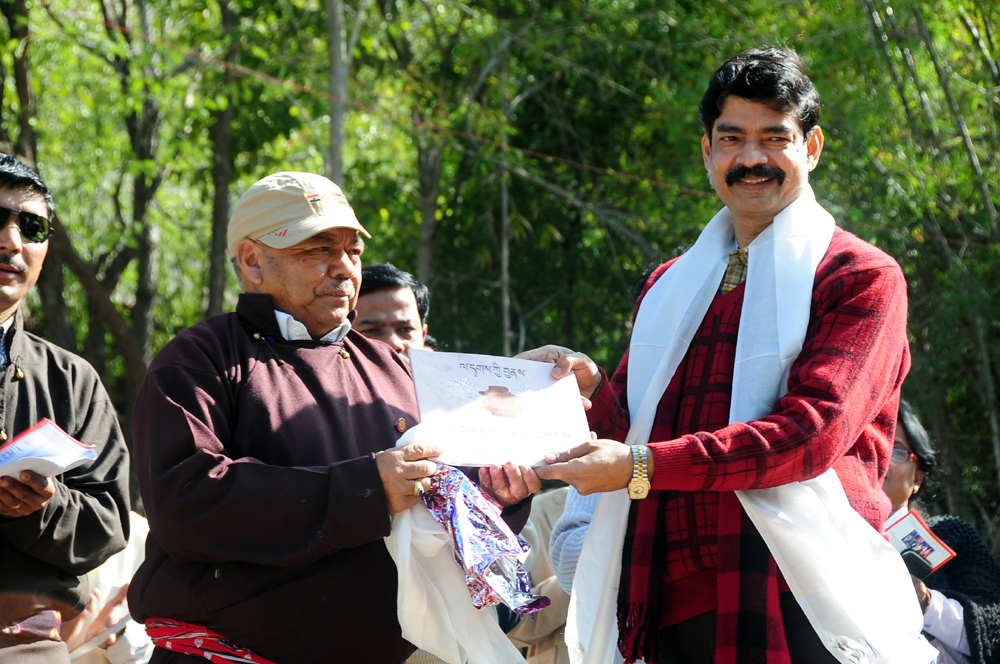- About Us
- Schemes
- Culture Scheme Dashboard
- Scheme of Financial Assistance for Promotion of Art and Culture
- Financial Assistance to Cultural Organizations with National Presence
- Cultural Function and Production Grant(CFPG)
- Financial Assistance for Preservation and Development of Cultural Heriatge of the Himalayas
- Financial Assistance for Development of Buddhist/Tibetan Arts and Culture
- Financial Assistance for Cultural Activities in Performing Arts for Building Grants Including Studio Theatres
- Financial Assistance for Allied Cultural Activities
- Financial Assistance for Promotion of Guru-Shishya Parampara (Repertory grant)
- National Mission on Libraries
- Financial Assistance for Construction of Tagore Cultural Complexes(TCC)
- Scheme of Financial Assistance under Seva Bhoj Yojna
- Scheme of Scholarship and Fellowship for Promotion of Art and Culture
- Museum Grant Scheme
- Scheme for Financial Assistance for Veteran Artists
- Scheme for Promotion of Culture of Science (SPOCS)
- Scheme for Safeguarding the Intangible Cultural Heritage
- Global Engagement Scheme
- Indian Conservation Fellowship Program (ICFP)
- Centenary and Anniversary Celebrations Scheme
- Mission
- ICR
- Commemorations
- CSL
- G20 CWG
- Contact Us
Indira Gandhi Rashtriya Manav Sangrahalaya is organising various programmes at the Himalayan village
Indira Gandhi Rashtriya Manav Sangrahalaya is organising various programmes at the Himalayan village. Today, Buddhist prayer wheel from Ladakh ‘Mané’ and traditional kitchen - Chansa has been inaugurated by Prof. Sarit Kumar Choudhuri (Director, IGRMS).
Mané is a Tibetan Buddhist praying accessory which always bears the Mantra “Om Mani Padme Hum” numbering six syllables in the mantra of “Avalokitesvara”. These six syllables are carved outside the wheel as well as kept inside the wheel printed on paper in numerous numbers. The Prayer wheel exhibited here is a table prayer wheel made of copper having cylindrical body penetrated along its axis with the help of a small spindle around which the cylinder revolves. The cylinder contains paper rolls on which Buddhist texts are printed. The wheel is fixed within a wooden frame. A typical Buddhist symbol of Dharma Chakra and two deer can be seen on the top of the frame. After the ceremonial inauguration of Mane and Chansa (traditional kitchen) the expert from Ladakh, Mr. Sonam Sopori explained the importance of Chansa in Ladakhi culture. As it is not only a kitchen rather the common room for the family. Later the chefs from Ladakh served visitors the famous ‘Gud Gud Chai’, Momo, Shutagi, Apricot Sating and other mouthwatering dishes from the upper Himalayas.
The traditional artists from Ladakh performed various folk dances like ‘Aley Yato’, ‘Jabro’ and ‘Shondol’. Aley Yato dance is performed by young boys and girls after tiresome summers collecting butter and cheese from catle for winters. They sing Aley Yato Wa O dear friends now is the merry making time, happiest ever days are here to enjoy. The Jabro dance consists of rhythmic thumping of feet and movement of arms in tune with melodious songs. This dance keeps Ladakhis warm in harsh conditions. The last dance was Shondol, shondol is performed by Takshosma- women dancers of the royal court- to praise and in greetings to the king and his family. Takshosma wears Perek (headgear strudded with gold, Turquous and other precious stones) which are mostly a family heritage.
Indira Gandhi Rashtriya Manav Sangrahalaya is organising various programmes at the Himalayan village. Today, Buddhist prayer wheel from Ladakh ‘Mané’ and traditional kitchen - Chansa has been inaugurated by Prof. Sarit Kumar Choudhuri (Director, IGRMS).
Mané is a Tibetan Buddhist praying accessory which always bears the Mantra “Om Mani Padme Hum” numbering six syllables in the mantra of “Avalokitesvara”. These six syllables are carved outside the wheel as well as kept inside the wheel printed on paper in numerous numbers. The Prayer wheel exhibited here is a table prayer wheel made of copper having cylindrical body penetrated along its axis with the help of a small spindle around which the cylinder revolves. The cylinder contains paper rolls on which Buddhist texts are printed. The wheel is fixed within a wooden frame. A typical Buddhist symbol of Dharma Chakra and two deer can be seen on the top of the frame. After the ceremonial inauguration of Mane and Chansa (traditional kitchen) the expert from Ladakh, Mr. Sonam Sopori explained the importance of Chansa in Ladakhi culture. As it is not only a kitchen rather the common room for the family. Later the chefs from Ladakh served visitors the famous ‘Gud Gud Chai’, Momo, Shutagi, Apricot Sating and other mouthwatering dishes from the upper Himalayas.
The traditional artists from Ladakh performed various folk dances like ‘Aley Yato’, ‘Jabro’ and ‘Shondol’. Aley Yato dance is performed by young boys and girls after tiresome summers collecting butter and cheese from catle for winters. They sing Aley Yato Wa O dear friends now is the merry making time, happiest ever days are here to enjoy. The Jabro dance consists of rhythmic thumping of feet and movement of arms in tune with melodious songs. This dance keeps Ladakhis warm in harsh conditions. The last dance was Shondol, shondol is performed by Takshosma- women dancers of the royal court- to praise and in greetings to the king and his family. Takshosma wears Perek (headgear strudded with gold, Turquous and other precious stones) which are mostly a family heritage.
Date: January 30, 2015




